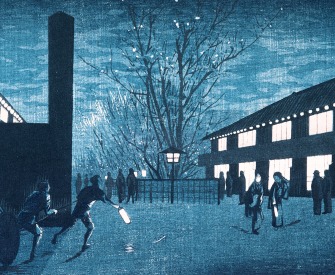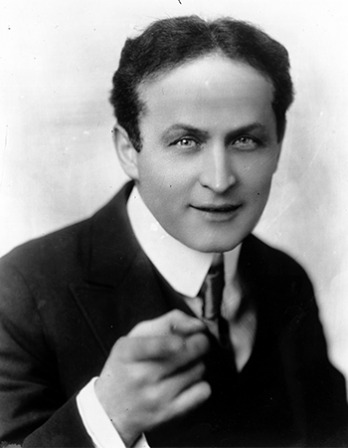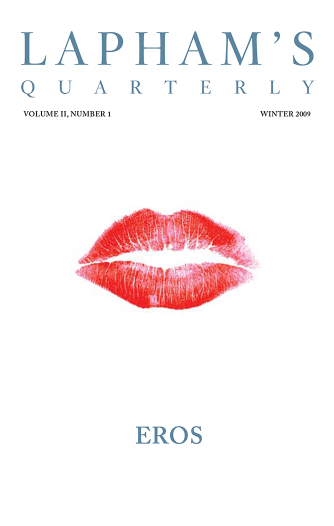The question is whether an ominous and persistent state of fear can end the life of a man. Fear, as is well known, is one of the most deeply rooted and dominant of the emotions. Associated with it are profound physiological disturbances, widespread throughout the organism.
Great fear and great rage have similar effects in the body. Each of these powerful emotions is associated with ingrained instincts—the instinct to attack, if rage is present, the instinct to run away or escape, if fear is present. Throughout the long history of human beings and lower animals, these two emotions and their related instincts have served effectively in the struggle for existence. When they are roused, they bring into action an elemental division of the nervous system, the so-called sympathetic or sympathico-adrenal division, which exercises a control over internal organs, and also over the blood vessels. As a rule, the sympathetic division acts to maintain a relatively constant state in the flowing blood and lymph, i.e., the “internal environment” of our living parts. It acts thus in strenuous muscular effort; for example, liberating sugar from the liver, accelerating the heart, contracting certain blood vessels, discharging adrenaline, and dilating the bronchioles. All these changes render the animal more efficient in physical struggle, for they supply essential conditions for continuous action of laboring muscles. Since they occur in association with the strong emotions, rage and fear, they can reasonably be interpreted as preparatory for the intense struggle that the instincts to attack or to escape may involve. If these powerful emotions prevail, and the bodily forces are fully mobilized for action, and if this state of extreme perturbation continues in uncontrolled possession of the organism for a considerable period, without the occurrence of action, dire results may ensue.
From “Voodoo Death.” Chairman of the Department of Physiology at Harvard Medical School, Cannon used findings from his studies of the effects of traumatic shock on World War I soldiers for this American Anthropologist paper, arguing that social effects—including belief in witchcraft—can overwhelm an otherwise healthy person and bring on psychogenic death. Cannon had years earlier coined the term fight or flight. He died in 1945, a month after the end of World War II.
Back to Issue




